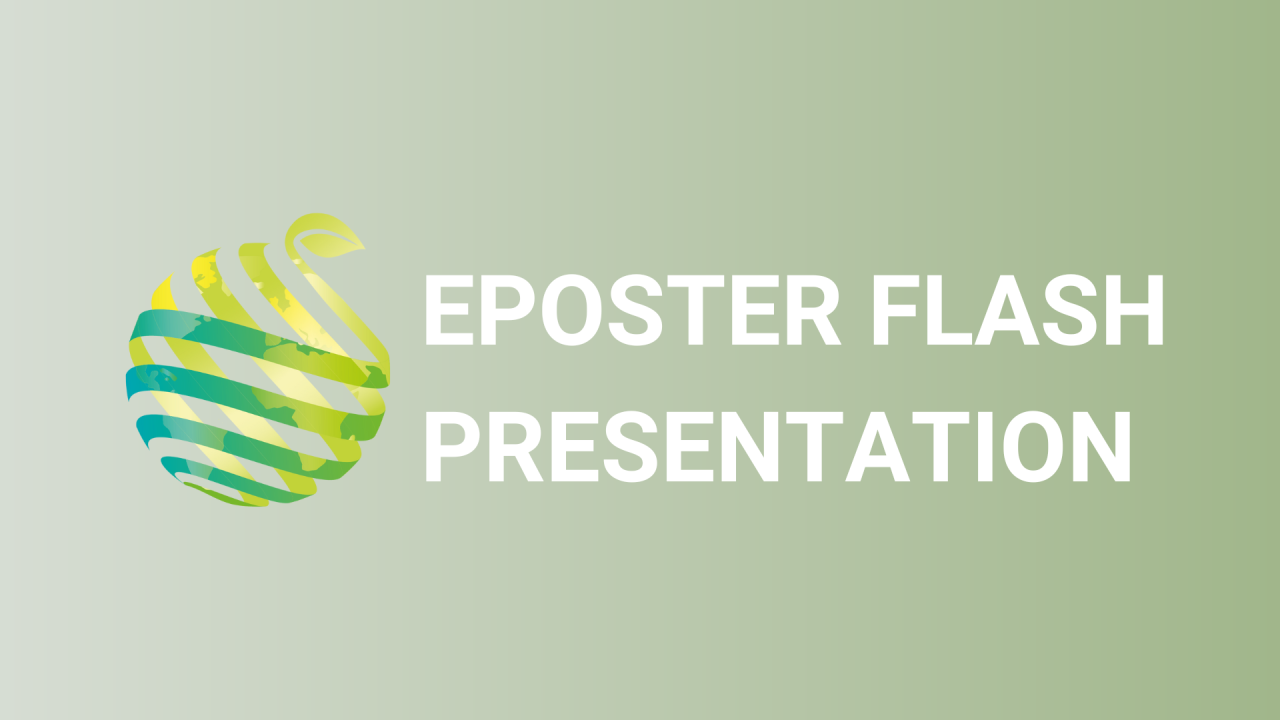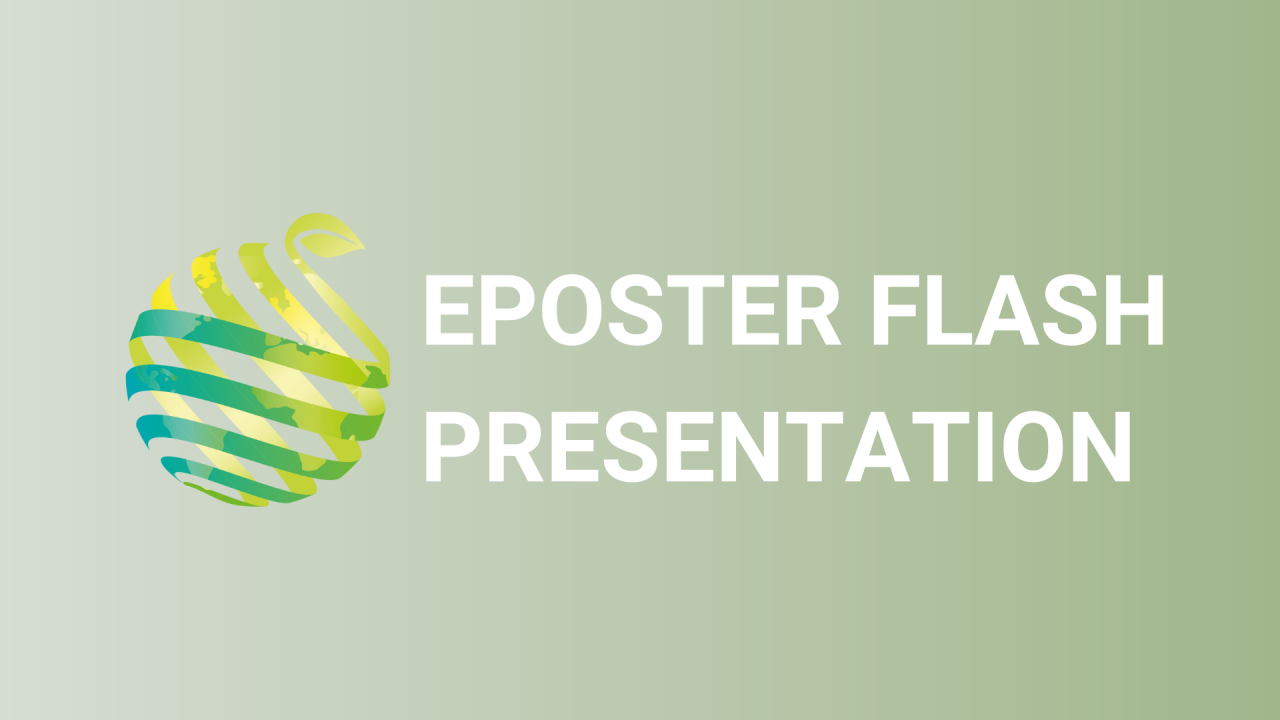

S08 - Session P4 - Effects of light intensity and far-red light on antioxidant activity and secondary metabolite in Centella asiatica
Information
Authors: Jae woo Song *, Yu Kyeong Shin, Shiva Ram Bhandari, Jun Gu Lee
Light is the most important environmental factors that affects growth, morphology, and physiology of the plants. Most of all, light intensity (photosynthetic photon flux density, PPFD) also influences secondary metabolites and antioxidants activities in plants. Therefore, this study was conducted to understand the effects of different light intensities and far-red light on antioxidant activities and secondary metabolites (triterpene glycosides, total phenol and flavonoid) in C. asiatica grown under artificial light condition. C. asiatica seedlings at 2-4 leaf stage were grown under various light intensities (50, 100, 150, and 200 µmol m -2 s -1 + far-red light) for five weeks and measured the secondary metabolites and antioxidant activities. Antioxidant activities [ferric reducing antioxidant power (FRAP), 2,2'-azinobis(3-ethylbenzothiazoline-6-sulfonic acid) (ABTS)], total phenol, and total flavonoid increased with an increase in PPFD at 5 th week. In contrast, four triterpene glycosides (asiatic acid, asiaticoside, madecassic acid, and madecassoside) showed differential accumulation depending upon the light intensities. The antioxidant activities using ABTS and FRAP assay in 200 µmol m -2 s -1 were 1.7 and 1.9 times higher than those on 50 µmol m -2 s -1 , respectively. Moreover, the highest total phenol and total flavonoid contents were observed in the 200 µmol m -2 s -1 , compared with the others grown under lower light intensities. However, far red light supplement reduces these parameters to half. In conclusion, the C. asiatica grown under higher light intensity (200 µmol m -2 s -1 ) is supposed to be more appropriate for higher antioxidant activities compared to the high light intensities with far-red light. [This work was supported by the National Research Foundation of Korea (NRF) grant funded by the Korea government (MSIT) (No.2020R1F1A1068658)]